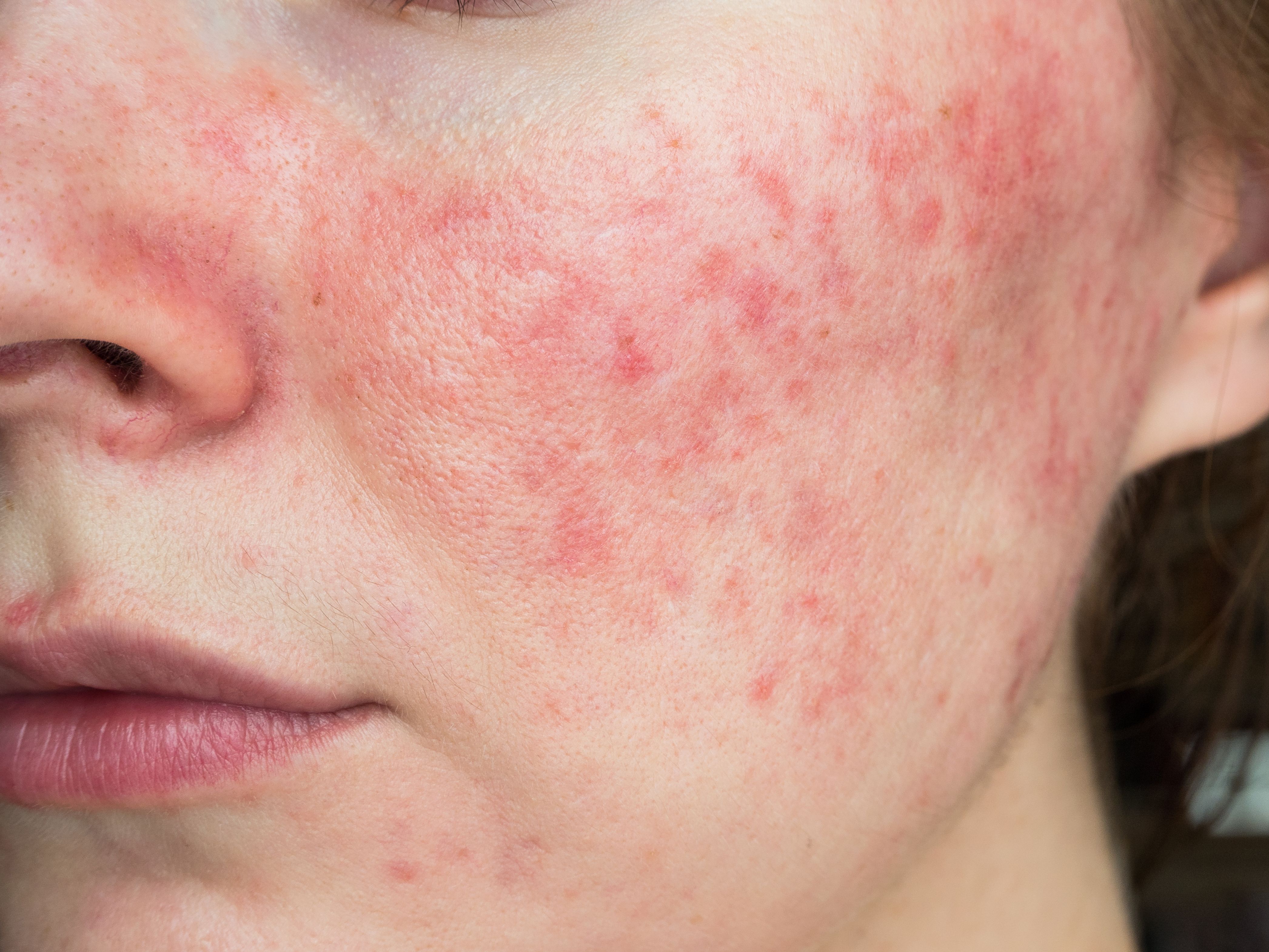- Case-Based Roundtable
- General Dermatology
- Eczema
- Chronic Hand Eczema
- Alopecia
- Aesthetics
- Vitiligo
- COVID-19
- Actinic Keratosis
- Precision Medicine and Biologics
- Rare Disease
- Wound Care
- Rosacea
- Psoriasis
- Psoriatic Arthritis
- Atopic Dermatitis
- Melasma
- NP and PA
- Skin Cancer
- Hidradenitis Suppurativa
- Drug Watch
- Pigmentary Disorders
- Acne
- Pediatric Dermatology
- Practice Management
- Prurigo Nodularis
- Buy-and-Bill
News
Article
Dermatology Times
Julie Harper, MD, to Present a Rosacea Research Roundup and Pearls
She shares her top 5 considerations for all dermatology drug prescribers.
Julie Harper, MD, board-certified dermatologist in Birmingham, Alabama, gave Dermatology Times® a sneak peek of her pearls and research that will be presented during the session “Acne and Rosacea Update 2023” at Maui Derm NP+PA Fall 2023 in Asheville, North Carolina September 27-30, 2023.
Harper shared her top 5 takeaways that all dermatology clinicians can put into their practice.
Say Goodbye to Subtypes
Rosacea can present with multiple types of lesions and signs including transient erythema (flushing), persistent erythema, inflammatory paules or pustules, telanglectasia, and both clinically inflamed and non-inflamed pyma. Harper believes in the importance of treating everything you see with a variety of solutions from general skincare to topical agents, oral agents, and procedures.
“You don’t practice for very long without realizing that nobody just has one feature,” she explained. “If we subtype, we end up not treating all of their features…that’s likely going to mean more combinations of therapies.”
Understanding Mast Cells
Harper said the complexities of mast cells and the role they play in rosacea are fairly new to dermatology clinicians. There is research indicating that the increased number of mast cells in the dermis of lesional rosacea skin versus uninvolved skin and that mast cells are the key mediators of LL-37-induced rosacea inflammation.1-2
“When LL-37 has been injected into a mouse model in a lab, then the mouse gets features that kind of look like rosacea. It’s interesting going a step further if you do that same experiment but the mouse does not have mast cells, then they don’t develop the features of rosacea. So it seems like the mast cell may be mediating some of the innate immunity [of rosacea],” she shared. Part of her presentation will delve into mast cell stabilizers, such as hydroxychloroquine and topical brimonidine tartrate 0.33% gel.
Do Not Underestimate the Power of Benzoyl Peroxide
“When you just hear benzoyl peroxide, I think you kind of shut down. That’s old news…and many think it’s irritating to rosacea skin,” Harper said. “But when you microencapsulate it and case the product to release more slowly on the skin, we are actually really impressed at the results we see both from a tolerability standpoint and more importantly from an efficacy standpoint. Some are getting 40% improvement in their bumps in just 2 weeks and 70% improvement in 12 weeks.”
In her presentation, Harper will delve into the clinical trial results of 5% microencapsulated benzoyl peroxide cream. Benefits of microencapsulation include the creation of a silicon dioxide (silica) shell between the BPO and the skin, it helps control the release rate of the drug to improve tolerability, and it can preserve the advantages of BPO while minimizing limitations.3
The Future of Alternative Oral Medications
While there is only 1 FDA-approved oral medication for rosacea, Harper is excited about a pilot study in the use of sarecycline in rosacea management for patients with moderate to severe papulopustular rosacea. The drug was approved for acne treatment in 2018 and has been well-tolerated with rates of vertigo, dizziness, GI disturbances, and sunburn similar to the placebo. Harper will delve into the results of the pilot study and other oral medication research.
Asking the Right Questions With Rosacea Fulminans
Triggers of rosacea fulminans can include pregnancy and medications. Treating the sudden onset of inflammatory papules, pustules, and nodules in young women require asking the right question to ensure the right solutions.
“This type of rosacea is uncommon and it’s usually in a young, healthy woman…and it’s going to be explosive,” Harper said. “When you see it, you have to ask if there is something going on behind the scenes to trigger it…You have to ask the right questions to see if the patient is pregnant or on hormones…especially since the best way to treat it is with isotretinoin, which can not be prescribed to a pregnant patient.”
She explained the importance of asking about a patient’s medication regimen as well. Medication triggers can include topical steroids, pegylated interferon alpha, ribavirin, azathioprine, high dose vitamin B supplementation, and oral contraceptives.
For a patient who is not pregnant, Harper recommends introducing an oral steroid for a few weeks, adding isotretinoin low and slow, and then gradually tapering off the steroid. If a patient is pregnant, she recommends oral erythromycin with or without steroids.
References
1. Aroni K, Tsagroni E, Kavantzas N, Patsouris E, Ioannidis E. A study of the pathogenesis of rosacea: how angiogenesis and mast cells may participate in a complex multifactorial process. Arch Dermatol Res. 2008;300(3):125-131. doi:10.1007/s00403-007-0816-z
2. Muto Y, Wang Z, Vanderberghe M, Two A, Gallo RL, Di Nardo A. Mast cells are key mediators of cathelicidin-initiated skin inflammation in rosacea. J Invest Dermatol. 2014;134(11):2728-2736. doi:10.1038/jid.2014.222
3. Del Rosso J, Bhatia N, Baldwin H. et al. Critical evaluation of benzoyl peroxide in rosacea: old challenges and new clinical opportunities with encapsulated benzoyl peroxide. SKIN The Journal of Cutaneous Medicine, 2022;6(2), s15. https://doi.org/10.25251/skin.6.supp.15







